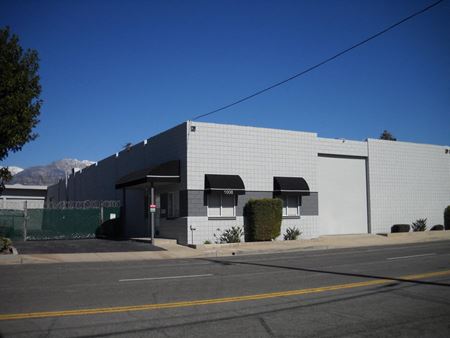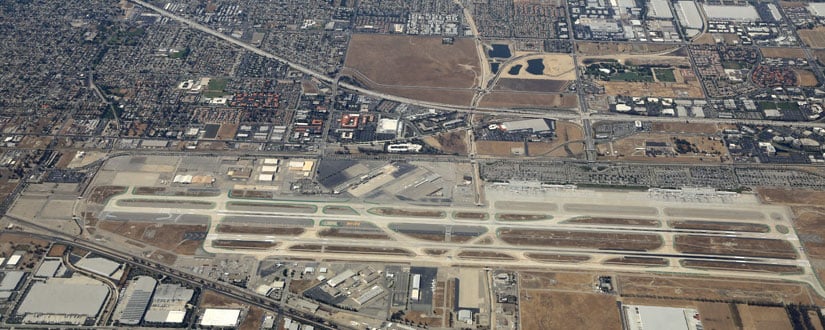Ontario, CA Commercial Real Estate for Lease and Sale
Explore 209 listings of Ontario commercial real estate to find the best space for your business.
-
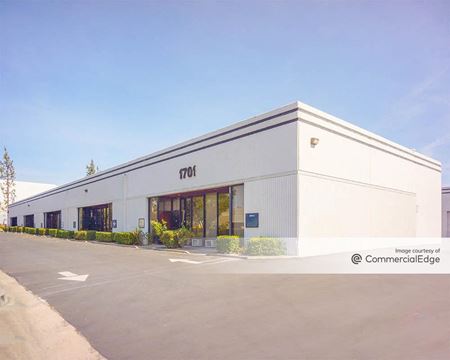 1701 South Vineyard Avenue, Ontario, CAProperty
1701 South Vineyard Avenue, Ontario, CAProperty- Industrial
- 34,040 SF
Availability- 2 Spaces
- 2,040 SF
Year Built- 1987
For Lease Contact for pricing -
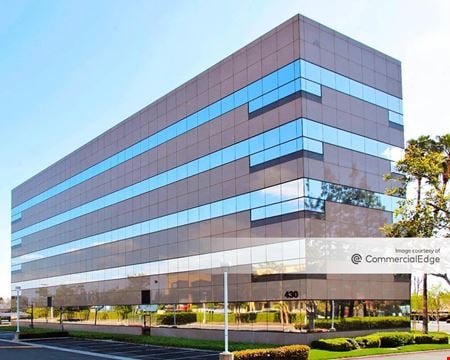 430 North Vineyard Avenue, Ontario, CAProperty
430 North Vineyard Avenue, Ontario, CAProperty- Office
- 97,076 SF
Availability- 7 Spaces
- 40,987 SF
Year Built- 1989
For Lease- $2.45/SF/MO
-
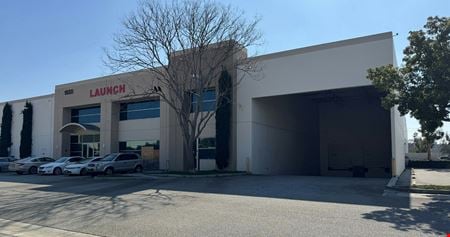 1820 S Milliken Ave, Ontario, CAProperty
1820 S Milliken Ave, Ontario, CAProperty- Industrial
- 15,312 SF
Availability- 1 Space
- 15,312 SF
Year Built- 2005
For Lease Contact for pricing -
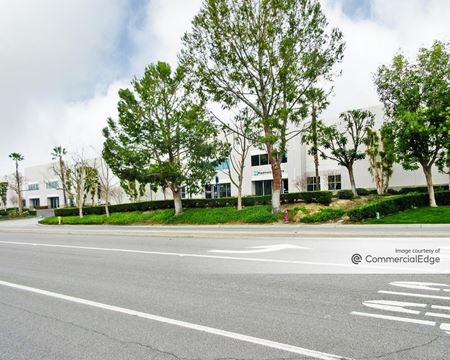 710 South Dupont Avenue, Ontario, CAProperty
710 South Dupont Avenue, Ontario, CAProperty- Industrial
- 111,890 SF
Availability- 1 Space
- 25,160 SF
Year Built- 2001
For Lease- $1.35/SF/MO
-

What type of listing property are you looking for?
-
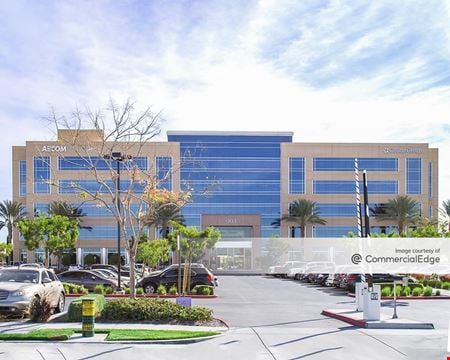 901 Via Piemonte, Ontario, CAProperty
901 Via Piemonte, Ontario, CAProperty- Office
- 122,500 SF
Availability- 1 Space
- 1,565 SF
Year Built- 2008
For Lease- $33.00/SF/YR
-
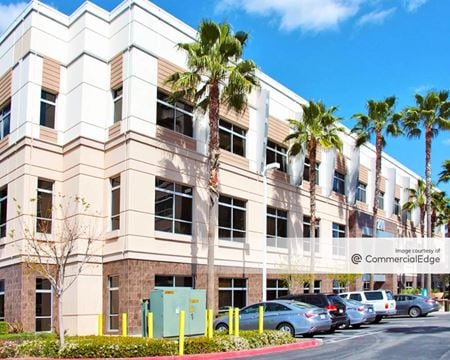 3200 East Guasti Road, Ontario, CAProperty
3200 East Guasti Road, Ontario, CAProperty- Office
- 72,589 SF
Availability- 1 Space
- 3,823 SF
Year Built- 2007
For Lease- $2.65/SF/MO
-
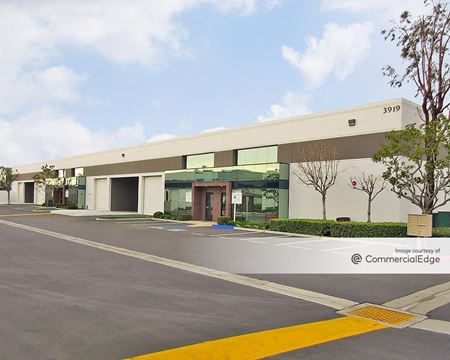 3919 East Guasti Road, Ontario, CAProperty
3919 East Guasti Road, Ontario, CAProperty- Industrial
- 246,097 SF
Availability- 4 Spaces
- 38,987 SF
Year Built- 1994
For Lease- $0.60 - $1.40/SF/MO
-
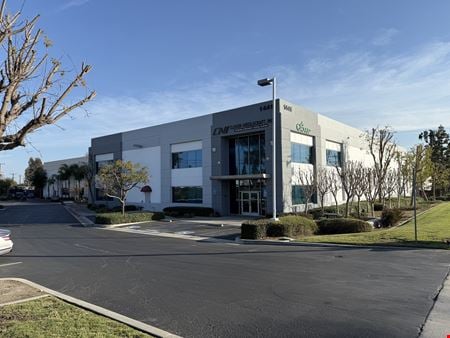 1441 S Carlos Ave , Ontario, CAProperty
1441 S Carlos Ave , Ontario, CAProperty- Industrial
- 18,118 SF
Availability- 1 Space
- 18,118 SF
Year Built- 2001
For Lease- $1.50/SF/MO
-
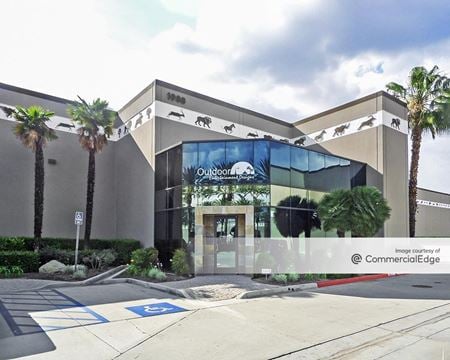 1900 South Lynx Place, Ontario, CAProperty
1900 South Lynx Place, Ontario, CAProperty- Industrial
- 101,545 SF
Availability- 1 Space
- 16,315 SF
Year Built- 1991
For Lease- $1.55/SF/MO
-
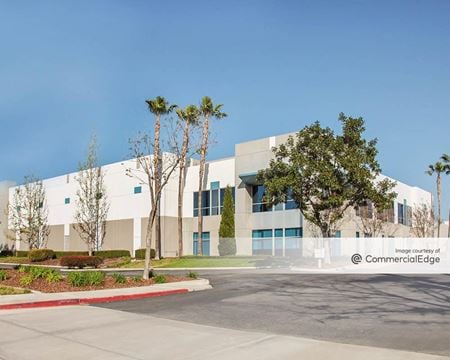 1151 Mildred Street, Ontario, CAProperty
1151 Mildred Street, Ontario, CAProperty- Industrial
- 857,000 SF
Availability- 1 Space
- 604,178 SF
Year Built- 2002
For Lease Contact for pricing -
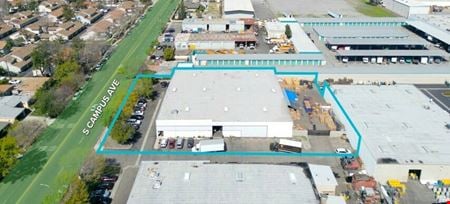 1705 S Campus Ave, Ontario, CAProperty
1705 S Campus Ave, Ontario, CAProperty- Industrial
- 22,400 SF
Availability- 1 Space
- 22,500 SF
Year Built- 1982
For Lease- $1.02/SF/MO
-
 Safari Business Center - 2010 & 2020 Lynx Place, Ontario, CAProperty
Safari Business Center - 2010 & 2020 Lynx Place, Ontario, CAProperty- Industrial
- 1,141,886 SF
Availability- 5 Spaces
- 70,001 SF
Year Built- 1988
For Lease Contact for pricing -
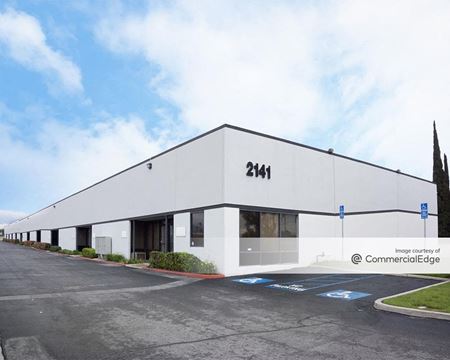 2141 East Philadelphia Street, Ontario, CAProperty
2141 East Philadelphia Street, Ontario, CAProperty- Industrial
- 38,853 SF
Availability- 2 Spaces
- 3,432 SF
Year Built- 1988
For Lease Contact for pricing -
 4025 East Guasti Road, Ontario, CAProperty
4025 East Guasti Road, Ontario, CAProperty- Industrial
- 79,281 SF
Availability- 3 Spaces
- 5,886 SF
Year Built- 1982
For Lease- $1,580.00 - $4,660.00/MO
-
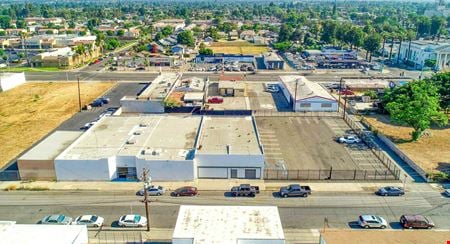 534 Brooks St, Ontario, CAProperty
534 Brooks St, Ontario, CAProperty- Industrial
- 13,000 SF
Year Built- 1954
For Sale- $3,900,000
-
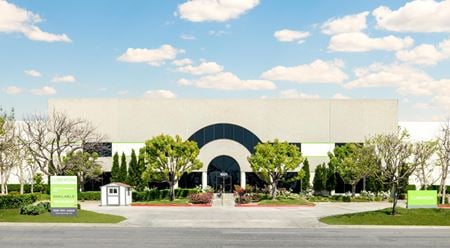 1001 Doubleday Avenue, Ontario, CAProperty
1001 Doubleday Avenue, Ontario, CAProperty- Industrial
- 394,538 SF
Availability- 2 Spaces
- 203,251 SF
Year Built- 1987
For Lease Contact for pricing -
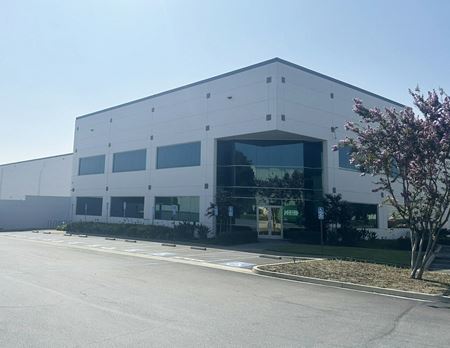 2830 E Philadelphia St, Ontario, CAProperty
2830 E Philadelphia St, Ontario, CAProperty- Industrial
- 383,619 SF
Availability- 1 Space
- 183,619 SF
Year Built- 1998
For Lease- $1.05/SF/MO
-
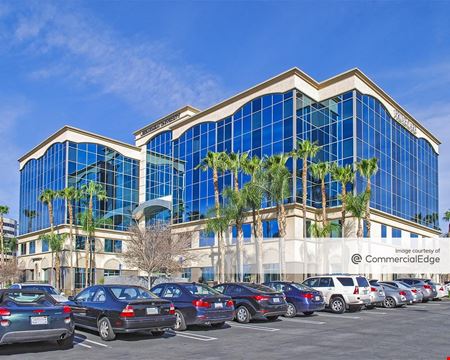 3990 Concours Street, Ontario, CAProperty
3990 Concours Street, Ontario, CAProperty- Office
- 124,529 SF
Availability- 2 Spaces
- 16,508 SF
Year Built- 2007
For Lease- $2.65/SF/MO
-
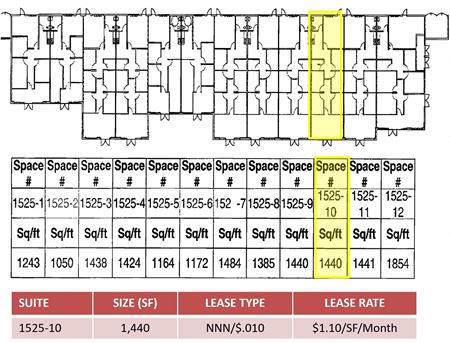 1435 & 1525 S. Grove St., Ontario, CAProperty
1435 & 1525 S. Grove St., Ontario, CAProperty- Industrial
- 1,995 SF
Availability- 2 Spaces
- 3,435 SF
For Lease- $1.10/SF/MO
-
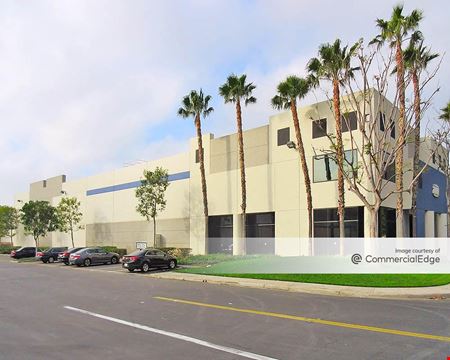 3690 East Jurupa Street, Ontario, CAProperty
3690 East Jurupa Street, Ontario, CAProperty- Industrial
- 115,000 SF
Availability- 1 Space
- 115,000 SF
Year Built- 2001
For Lease Contact for pricing -
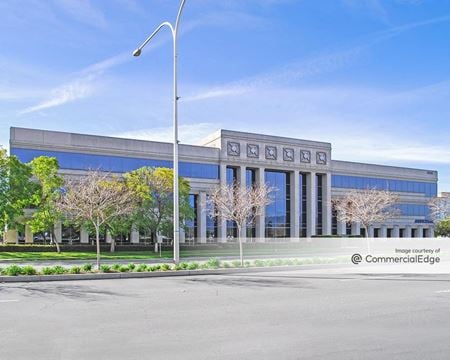 4200 Concours Street, Ontario, CAProperty
4200 Concours Street, Ontario, CAProperty- Office
- 75,000 SF
Availability- 2 Spaces
- 4,628 SF
Year Built- 2001
For Lease- $2.65/SF/MO
-
1008 Brooks Street, Ontario, CAProperty
- Industrial
- 9,609 SF
Availability Contact for availabilityYear Built- 1963
For Lease Contact for pricing -
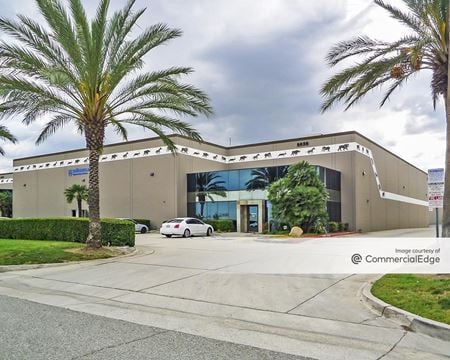 2030 South Carlos Avenue, Ontario, CAProperty
2030 South Carlos Avenue, Ontario, CAProperty- Industrial
- 51,508 SF
Availability- 1 Space
- 23,334 SF
Year Built- 1988
For Lease Contact for pricing -
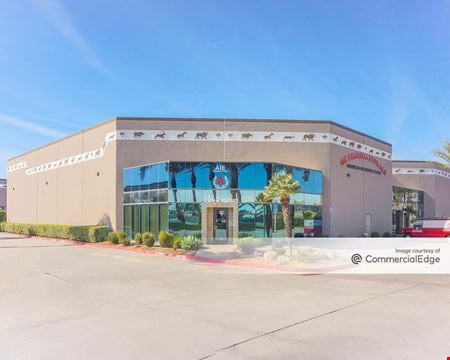 1845 South Vineyard Avenue, Ontario, CAProperty
1845 South Vineyard Avenue, Ontario, CAProperty- Industrial
- 58,932 SF
Availability- 1 Space
- 14,324 SF
Year Built- 1997
For Lease- $1.45/SF/MO
-
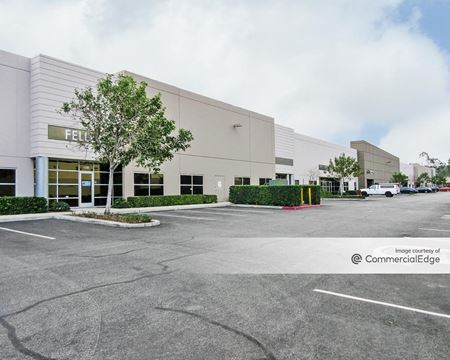 1920 S. Rochester Ave., Ontario, CAProperty
1920 S. Rochester Ave., Ontario, CAProperty- Industrial
- 28,141 SF
Availability- 1 Space
- 5,843 SF
Year Built- 2006
For Lease Contact for pricing -
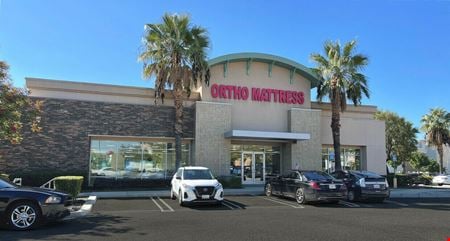 750 Ferrari Lane, Ontario, CAProperty
750 Ferrari Lane, Ontario, CAProperty- Retail
- 6,000 SF
Availability- 1 Space
- 6,000 SF
For Lease- $2.10/SF/YR
-
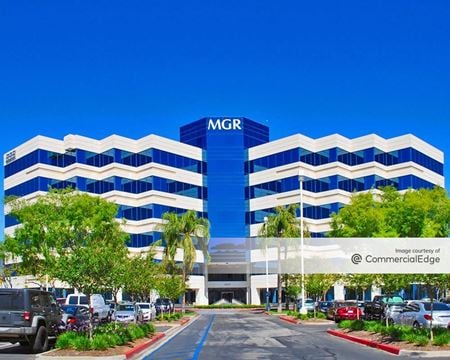 3401 Centre Lake Drive, Ontario, CAProperty
3401 Centre Lake Drive, Ontario, CAProperty- Office
- 114,420 SF
Availability- 13 Spaces
- 42,553 SF
Year Built- 1990
For Lease- $2.65/SF/MO
-
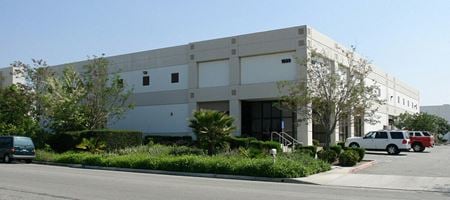 1689 S Parco Ave, Ontario, CAProperty
1689 S Parco Ave, Ontario, CAProperty- Industrial
- 23,272 SF
Year Built- 1999
For Sale- Call For Info
-
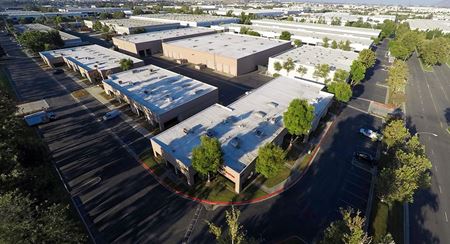 4317 Santa Ana St., Ontario, CAProperty
4317 Santa Ana St., Ontario, CAProperty- Industrial
- 113,612 SF
Availability Contact for availabilityYear Built- 1985
For Lease Contact for pricing -

-
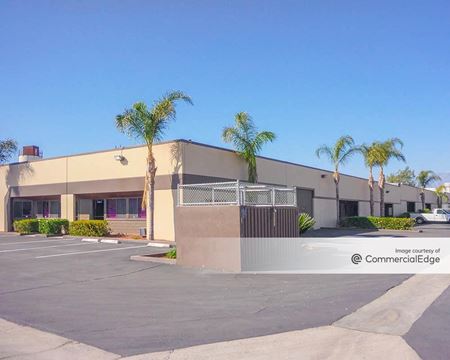 1616 East Francis Street, Ontario, CAProperty
1616 East Francis Street, Ontario, CAProperty- Industrial
- 25,600 SF
Availability- 1 Space
- 1,200 SF
Year Built- 1982
For Lease Contact for pricing -
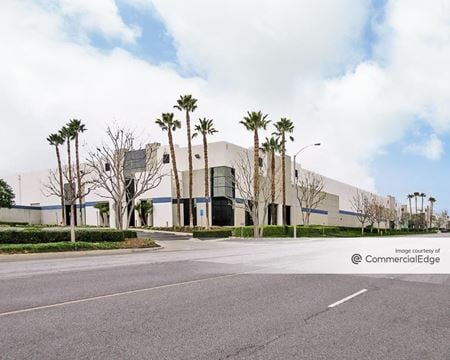 4061 East Francis Street, Ontario, CAProperty
4061 East Francis Street, Ontario, CAProperty- Industrial
- 500,000 SF
Availability- 1 Space
- 500,000 SF
Year Built- 2001
For Lease Contact for pricing -
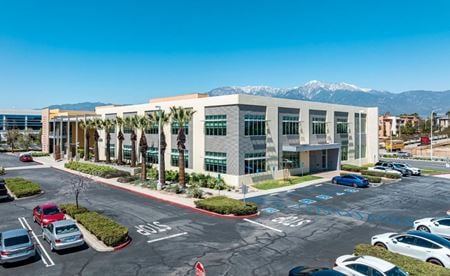 3546 Concours Street, Ontario, CAProperty
3546 Concours Street, Ontario, CAProperty- Office
- 56,635 SF
Availability- 1 Space
- 8,925 SF
Year Built- 2007
For Lease- $2.45/SF/MO
-
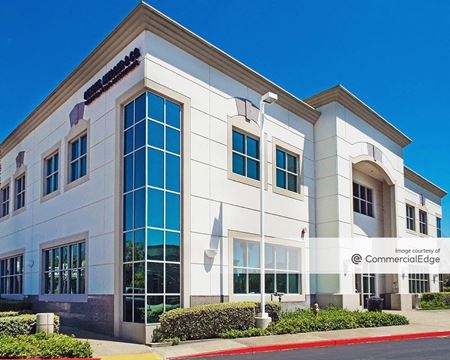 4150 Concours St., Ontario, CAProperty
4150 Concours St., Ontario, CAProperty- Office
- 36,744 SF
Availability- 1 Space
- 9,354 SF
Year Built- 2004
For Lease- $30.60/SF/YR
-
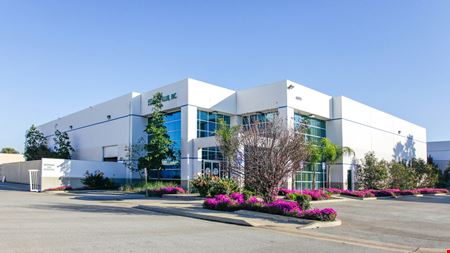 4671 State St, Ontario, Montclair, CAProperty
4671 State St, Ontario, Montclair, CAProperty- Industrial
- 26,295 SF
Availability- 1 Space
- 26,295 SF
Year Built- 2000
For Lease- $1.45/SF/MO
-
 3990 Concours Street, Ontario, CA
3990 Concours Street, Ontario, CACA, Ontario - Concours
RegusServices- Virtual Office
- Open Workspace
- Private Office
- Dedicated Desk
Amenities -
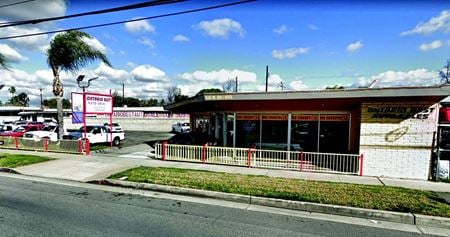 830 West Holt Boulevard, Ontario, CA
830 West Holt Boulevard, Ontario, CA -
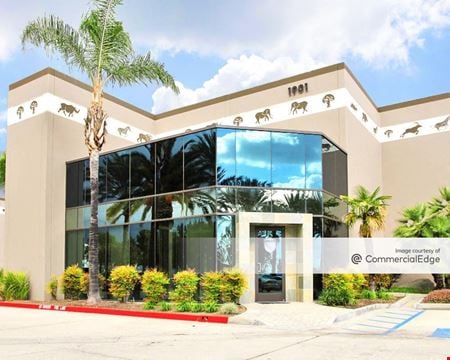 1901 South Vineyard Avenue, Ontario, CAProperty
1901 South Vineyard Avenue, Ontario, CAProperty- Industrial
- 107,841 SF
Availability- 3 Spaces
- 35,457 SF
Year Built- 1993
For Lease- $1.45 - $1.48/SF/MO
-
 1930 S. Rochester Ave., Ontario, CAProperty
1930 S. Rochester Ave., Ontario, CAProperty- Industrial
- 144,606 SF
Availability- 1 Space
- 7,534 SF
Year Built- 2006
For Lease- $18.36/SF/YR
-
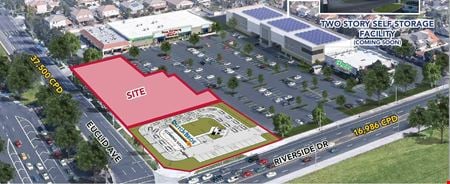 131 E Riverside Dr, Ontario, CAProperty
131 E Riverside Dr, Ontario, CAProperty- VacantLand
- 30,360 SF
Availability- 1 Space
- 44,431 SF
Year Built- 1980
For Lease Contact for pricing -
 1150 E Philadelphia St, Ontario, CAProperty
1150 E Philadelphia St, Ontario, CAProperty- Retail
- 14,000 SF
Availability- 1 Space
- 1,800 SF
For Lease- $3.50/SF/MO
-
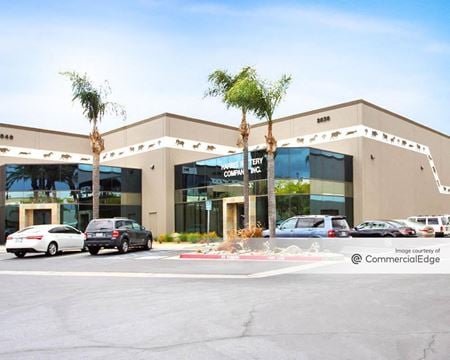 2030 South Lynx Place, Ontario, CAProperty
2030 South Lynx Place, Ontario, CAProperty- Industrial
- 133,612 SF
Availability- 2 Spaces
- 22,598 SF
Year Built- 1980
For Lease- $1.55/SF/MO
-
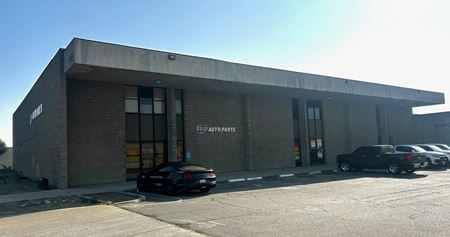 645 W Holt Ave, Ontario, CAProperty
645 W Holt Ave, Ontario, CAProperty- Industrial
- 26,080 SF
Availability- 1 Space
- 26,080 SF
Year Built- 1977
For Lease- $0.85/SF/MO
-
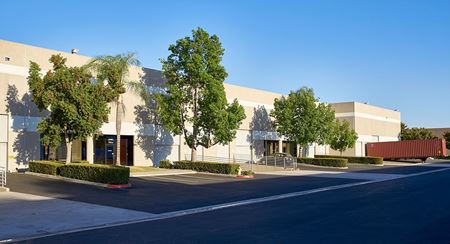 603 S Milliken Avenue, Ontario, CAProperty
603 S Milliken Avenue, Ontario, CAProperty- Industrial
- 128,313 SF
Availability Contact for availabilityYear Built- 1989
For Lease Contact for pricing -
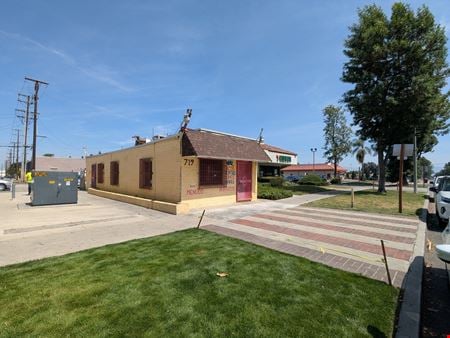 719 South Euclid Avenue, Ontario, CAProperty
719 South Euclid Avenue, Ontario, CAProperty- Retail
- 793 SF
For Sale- $399,000
-
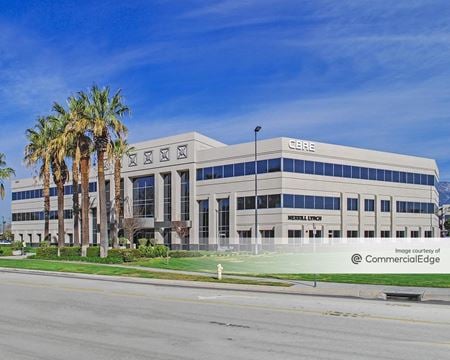 4141 Inland Empire Blvd, Ontario, CAProperty
4141 Inland Empire Blvd, Ontario, CAProperty- Office
- 70,021 SF
Availability- 2 Spaces
- 6,147 SF
Year Built- 2000
For Lease- $2.65/SF/MO
-
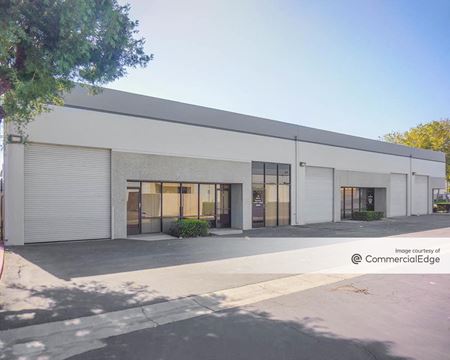 1719 South Grove Avenue, Ontario, CAProperty
1719 South Grove Avenue, Ontario, CAProperty- Industrial
- 28,783 SF
Availability- 1 Space
- 1,368 SF
Year Built- 1988
For Lease- $1.45/SF/YR
-
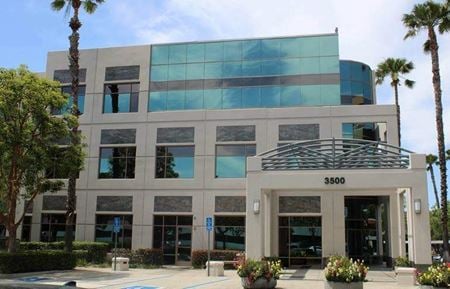 3500 Porsche Way, Ontario, CAProperty
3500 Porsche Way, Ontario, CAProperty- Office
- 44,525 SF
Availability- 1 Space
- 11,270 SF
Year Built- 1998
For Lease- $2.40/SF/MO
-
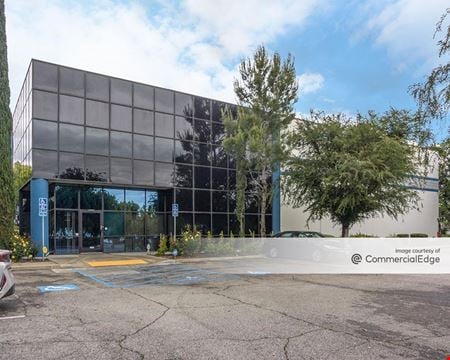 2311 East Locust Court, Ontario, CAProperty
2311 East Locust Court, Ontario, CAProperty- Industrial
- 25,329 SF
Availability- 1 Space
- 16,450 SF
Year Built- 1991
For Lease Contact for pricing -
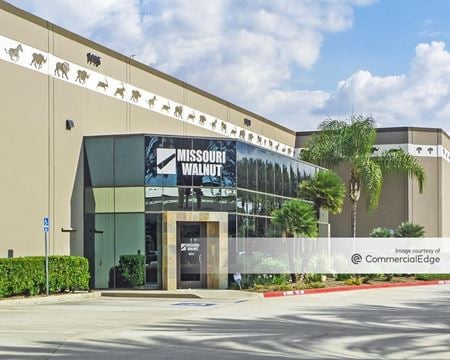 1911 South Lynx Place, Ontario, CAProperty
1911 South Lynx Place, Ontario, CAProperty- Industrial
- 81,176 SF
Availability- 2 Spaces
- 19,961 SF
Year Built- 1991
For Lease- $1.50 - $1.55/SF/MO
-
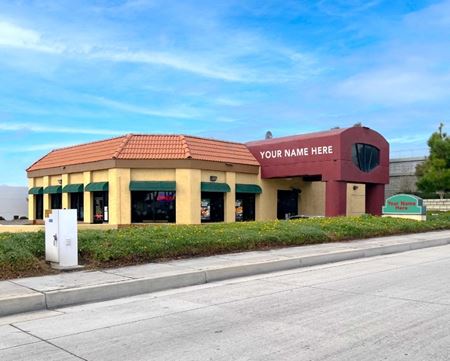 54 S Milliken Ave, Ontario, CAProperty
54 S Milliken Ave, Ontario, CAProperty- Retail
- 2,592 SF
Availability- 1 Space
- 2,592 SF
Year Built- 1993
For Lease Contact for pricing -
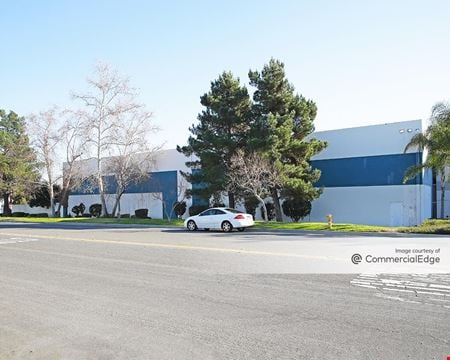 1010 East Belmont Street, Ontario, CAProperty
1010 East Belmont Street, Ontario, CAProperty- Industrial
- 61,824 SF
Availability- 1 Space
- 61,824 SF
Year Built- 1988
For Lease Contact for pricing
